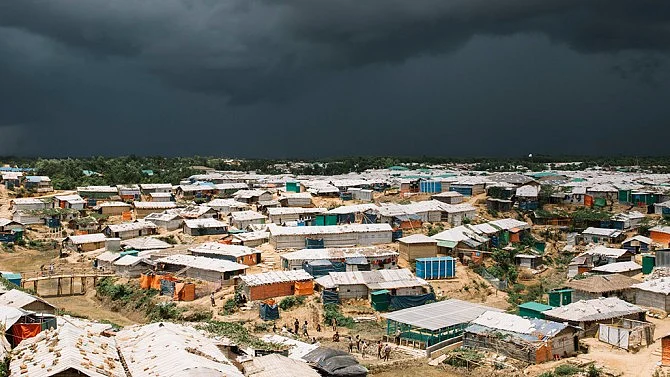Humanitarian crises have been increasing at an unprecedented rate. Guardrails kept in place to mitigate these crises have weakened considerably. Climate change has become a key accelerator for humanitarian crises according to the Emergency Watchlist 2023 by the International Rescue Committee (IRC).
Climate change is one of the three major driving forces of increased humanitarian catastrophes, the other two being-- Conflict and Economic turmoil.
The Unequal Burden of Crises
A large number of the countries on the IRC Watchlist bear an unequal burden of crises.
Despite the majority of these countries contributing only 1.09% of the total global carbon emissions in 2019, and take responsibility for one-fifth of the CO2 per capita when compared to global averages--they bear the brunt of climate related disasters.
The climate preparedness of these countries has been steadily declining.
"In 2020, climate financing per capita for conflict-affected countries was a third of what other countries received."Emergency Watchlist 2023, IRC
The report noted a disproportionate account of humanitarian crises amongst the 20 watchlist countries. Of the people displaced, the hardest hit demographic are amongst the LGBTQ+ community, women and girls.
Approximately 80% of people displaced due to climate change are women and girls.
"In 2022, the gap had grown to a staggering $27 billion in underfunding. Without aid, those most vulnerable face a heightened risk of gender-based violence, child marriage and labor, and exploitation and abuse as resources become scarce."Emergency Watchlist 2023, IRC
(Our on-ground climate journalism needs your insights, ideas, and financial support - as we cover the biggest crisis of our times. Become a Q-Insider so we can bring more such stories to light.)
(At The Quint, we question everything. Play an active role in shaping our journalism by becoming a member today.)
